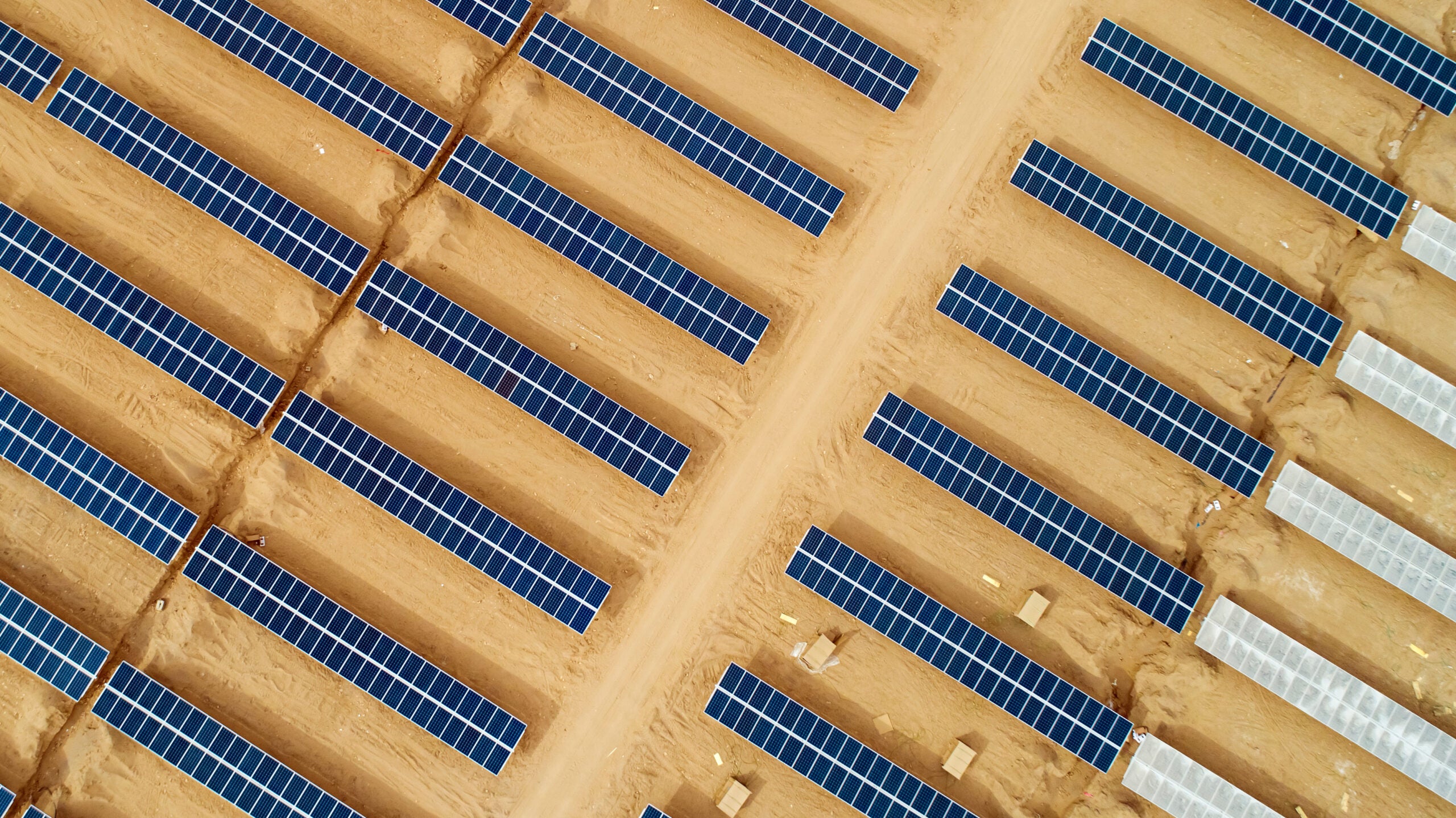
 Scientists at the University of Linköping in Sweden have designed electronically altered ePlants which are being developed in the hope that they will be used to capture energy through photosynthesis, creating a clean source of power for everyday life.
Scientists at the University of Linköping in Sweden have designed electronically altered ePlants which are being developed in the hope that they will be used to capture energy through photosynthesis, creating a clean source of power for everyday life.
In a new report published on Monday in the Proceedings of the National Academy of Science, Eleni Stavrinidou, the Marie Sklodowska-Curie Fellow at the Laboratory of Organic Electronics (LOE) in Linköping University, and her team explain the advances the project has made as well as its possible uses.
How well do you really know your competitors?
Access the most comprehensive Company Profiles on the market, powered by GlobalData. Save hours of research. Gain competitive edge.

Thank you!
Your download email will arrive shortly
Not ready to buy yet? Download a free sample
We are confident about the unique quality of our Company Profiles. However, we want you to make the most beneficial decision for your business, so we offer a free sample that you can download by submitting the below form
By GlobalData“Electronic plants, e-Plants, are an organic bioelectronic platform that allows electronic interfacing with plants,” Stavrinidou’s report begins. “Using the vascular system and organs of a plant, we manufactured organic electronic devices and circuits in vivo, leveraging the internal structure and physiology of the plant as the template, and an integral part of the devices.”
Creating an ePlant
The project makes use of the plants natural processes to alter its makeup, allowing an electric current to pass through it. “One of the nice things is that with the materials that we're using, is that the plant is actually helping us to make these electronic conductors,” says Stavrinidou. The alteration to the plants, currently roses, are made using a material of the LOEs own creation, designed by chemist Roger Gabrielsson.
The material is a water-soluble conjugated oligomer, which is capable of self-organising itself within the plant, polymerising it. Previously the team had struggled to find a material which did not bottleneck in a specific part of the plant, but instead spread throughout, leaves, stems and flowers alike. “The oligomer polymerizes in vivo due to the physicochemical environment of the plant,” the report explains. “We demonstrate long-range conducting wires and supercapacitors along the stem.”
The materials ability to dissolve in water is crucial, as this is how the team are able to use the plants own functions to alter it. “We just add the material inside water and then the plants absorbs the material,” says Stavrinidou. “Then it forms conducting wires that we can use as electrodes for our super capacitor.”
What’s next?
So far the project has proven successful in conducting and storing energy. The team used a supercapcitor to run energy through the plant, measuring loss of power. “The most charge that we were able to store in the xylem capacitors was 0.65 mC, with a corresponding capacitance of 0.25 mF,” the report says. This, as Stavrinidou explains, is not currently enough to power our electric devices.
But the ability to store energy is one of the first steps towards producing energy from the plants themselves. “Our findings open pathways for autonomous energy systems, distributed electronics, and new e-Plant device concepts manufactured in living plants,” says the report.
Stavrinidou expands on this, saying that “in the future we want to develop the technology that will allow us to harvest energy from the plant as well, so that we can both harvest and store energy in the same plant, and use this energy for our needs.” She suggests an alternative use as well, as the team are also hoping the project may help them to “control the plants growth by having it connected with devices which can sense what is happening in the plant, and can actually become, can induce some reactions inside the plant.”




